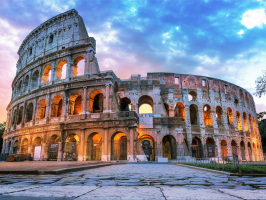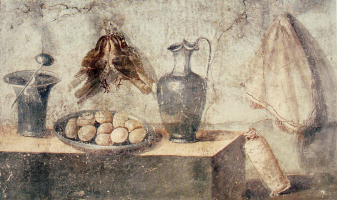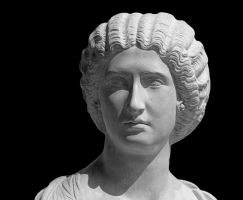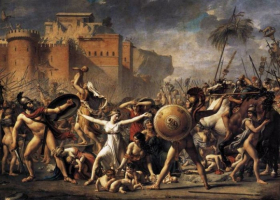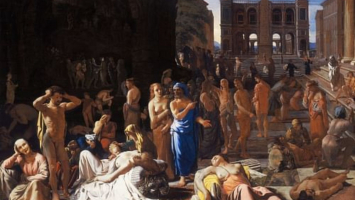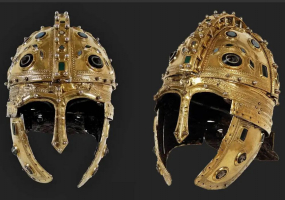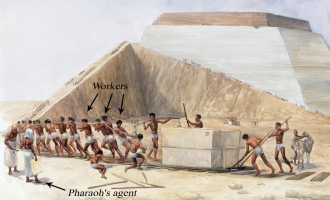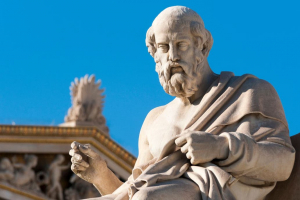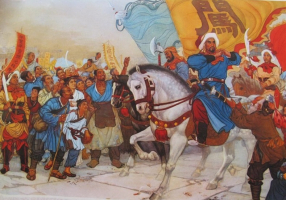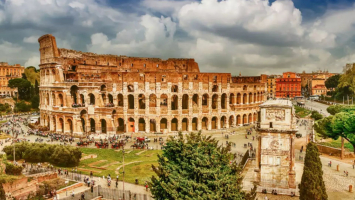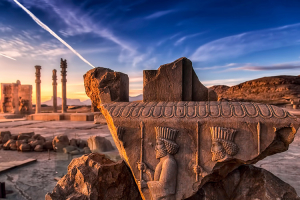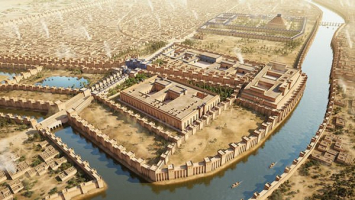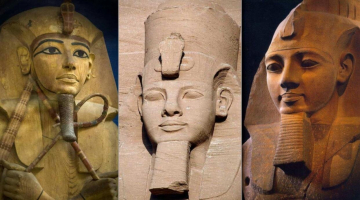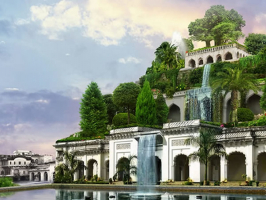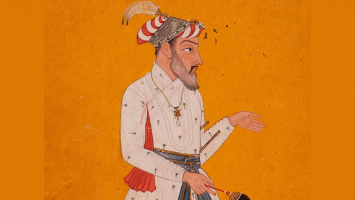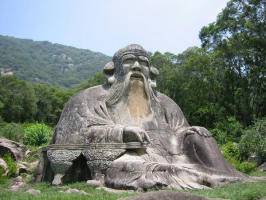Top 14 Most Important Cities of Ancient Rome
The Roman Empire was an era of Ancient Rome that was ruled by an emperor and encompassed strongholds and territory in Western Asia, Northern Africa, and ... read more...several parts of Europe, particularly those along the Mediterranean Sea. The empire had the most powerful army in the world at the time and was controlled by force. The Romans were also important in the development of several legal and governmental procedures, the foundations of which influenced current contemporary procedures. Similar massive improvements in engineering and infrastructure were made under the Roman Empire, including the construction of the first real towns and an entirely new style of long-lasting architecture. Each of these nine most important cities of Ancient Rome contributed in its unique way to upholding and bolstering the empire.
-
The Hellenistic East's historic cities took great pride in their founders. Alexandria had a genuine star. In 332 BCE, the fabled conquistador Alexander the Great established the Egyptian capital. Alexandria, in the Nile delta on the Mediterranean coast, was to serve as the seat of Alexander's new empire. But Alexander never got to see the metropolis he had imagined. He started a Persian campaign soon after the founding. Alexander's general Ptolemy returned Alexander's remains to Alexandria when he passed away in Babylon in 323 BCE, and he designated Alexandria as the seat of the newly established Ptolemaic monarchy.
Alexandria prospered throughout the Ptolemaic period. As a hub for business and trade, it replaced Tyre (the city that Alexander had previously devastated). Under Ptolemy I, the city's world-famous Library was established, transforming Alexandria into a hub of study and culture that attracted intellectuals, thinkers, scientists, and artists. Visitors were reminded of the illustrious founder of the city by the opulent tomb of Alexander, which also served as a source of pride for the locals. The city was connected to the island of Pharos, which was home to the magnificent Lighthouse, one of the Seven Wonders of the Ancient World, by a massive causeway and port barrier called Heptastadion. With more than 500,000 residents, Alexandria was the biggest city in the world by the third century BCE. It was a global metropolis.
After the Roman invasion in 44 BCE, Alexandria's position as a center of learning and culture remained unaltered. Alexandria was the origin of the Septuagint (the Greek translation of the Bible) in 132 BCE and was home to the greatest Jewish diaspora in the Roman Empire. The old Roman city gained fresh significance as one of the most significant centers of Christianity and a hub of Christian theology in the fourth century. Alexandria's lighthouse eventually brought fame to the city, and it was named one of the Seven Wonders of the Ancient World. In addition to the lighthouse, it was referred to as the bride of the Mediterranean since it was the biggest city in the area. Many travelers come to this city to see the well-known lighthouse that Alexandria still has today.
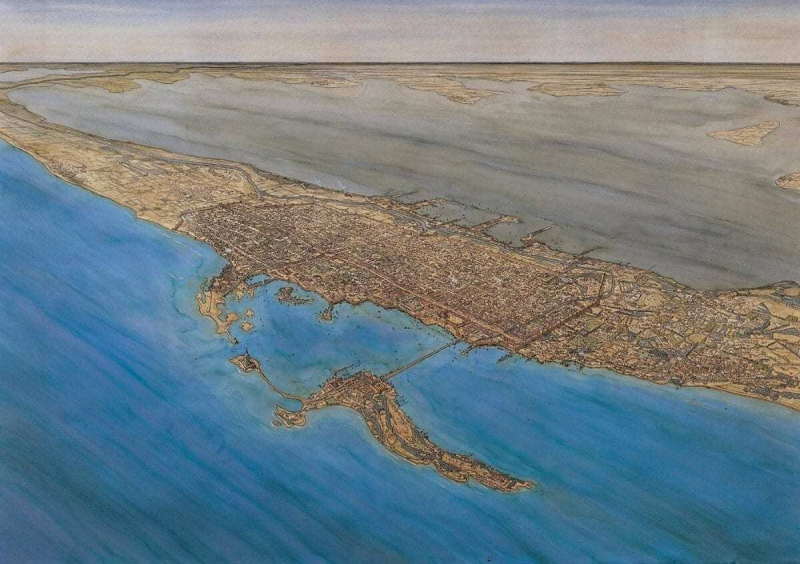
Alexandria during the Roman Empire - economictimes.indiatimes.com 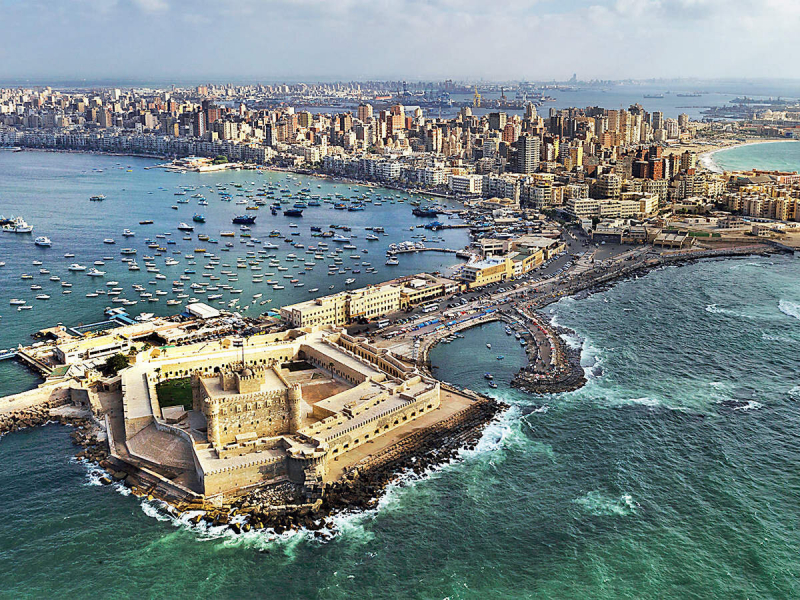
www.britannica.com -
One of the most important cities of Ancient Rome was Athens. Athens, the Cradle of Western Civilization, was the capital city of Greece and ruled the Attica region when it was built by King Cecrops in the first millennium BC. One of the world's oldest towns dates back to the 11th millennium BC when humans first appeared there. Although it is unknown who claimed ownership of the name originally, this city was also referred to as the City of the Goddess Athena. The residents of this city revere, venerate and worship the goddess Athena.
Throughout the late Republic and the Principate, Athens had a significant role in society. It was renowned for its arts, philosophy, culture, and politics. And it developed and became a hub for young, wealthy Roman men's education. These factors had a significant influence on the European Continent, especially on the Romans. It is still regarded as the hub for cultural, financial, industrial, marine, and economic features.
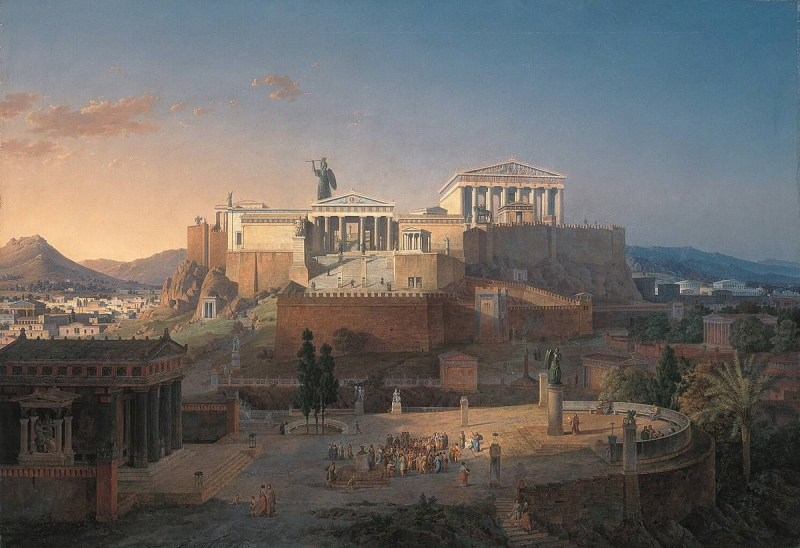
en.wikipedia.org 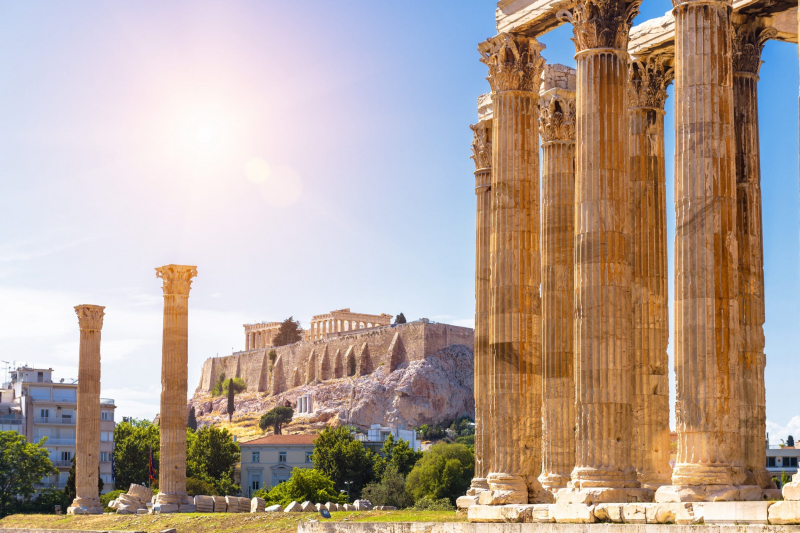
www.britannica.com -
Only a few well-known cities have been destroyed before rising from the ashes. One such town was Carthage, which was constructed on a promontory along the Tunisian coast. The city, which the mythical queen Dido founded in 814 BCE, grew from a Phoenician settlement into the most significant commercial center in the ancient Mediterranean. The wealthy purple dye that the city exported was the main source of its income through commerce.
The "new city" at its height in the fourth and third centuries BCE, was a significant metropolis in the Western Mediterranean. A magnificent theater, several temples, and a sizable agora marketplace Carthage's epicenter of public life were all located inside the city's four residential districts, which were centered around the Byrsa fortress. The enormous twin harbors, a trading port, and a circular military port, which housed Carthage's naval force, would astound a visitor coming by water. Carthage's fleet served as the foundation of its strength and the main means of its growth, enabling it to assert authority over the majority of North Africa, Spain, Sicily, and Sardinia. This aggressive strategy pitted Carthage against Rome, another burgeoning regional power. The defeat and destruction of Carthage in the three Punic wars that followed occurred in 146 BCE.
However, the city was refounded in 44 BCE, this time as a Roman city, by Julius Caesar. Carthage, which was no longer a capital, kept its opulence and grew to be the biggest and most significant ancient Roman city in Africa. A huge temple to Jupiter, Juno, and Minerva was constructed on the ancient fortress. Numerous public structures, including baths, theaters, amphitheaters, and a sizable hippodrome, were constructed by the Romans. The already abundant agricultural output of Carthage was increased, and the city's hinterland eventually became the Empire's breadbasket. Carthage rose to prominence as the largest Christian hub in all of Roman Africa in the fourth century. The beauty of the city was unaffected by the Vandal conquest in 439 CE, and after the Byzantine invasion in 533, Carthage flourished as a significant agricultural region. In 698 BCE, the Islamic troops destroyed the city a second time, and this time it never recovered.
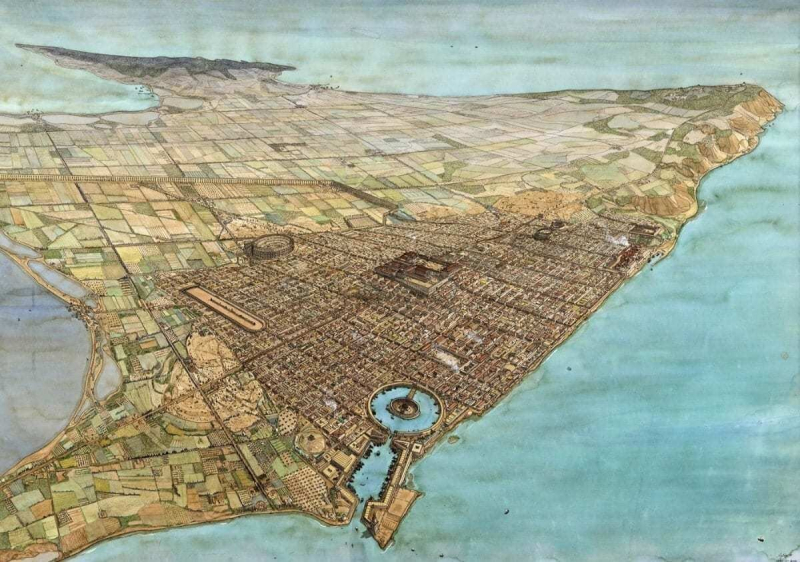
Roman Carthage at its height - www.britannica.com 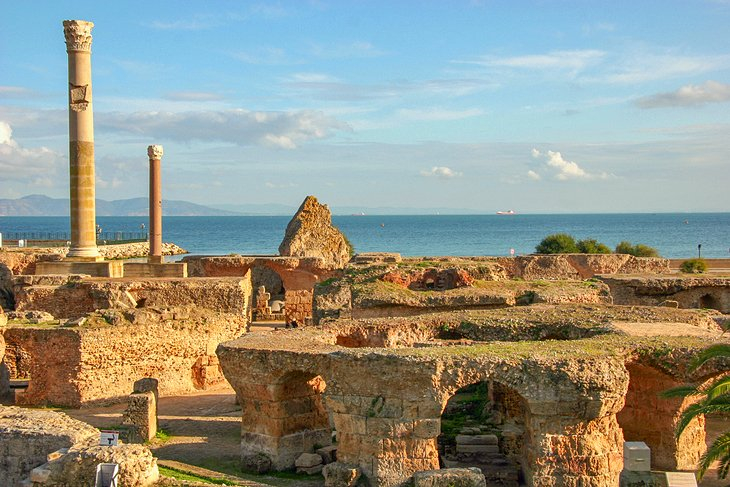
www.planetware.com -
Around 323 BC, Amorium became a city. It was located along a military path used by the Byzantines that connected Constantinople to Cilicia. After Egypt and Syria were overthrown by the Arabs, Amorium occupied a position that was clear to see. It was crucial in preventing the Arabs from reaching the plateau of Anatolia. It also served as the birthplace of a line of sovereigns and became the focal point of a dispute over iconoclasm.
In the seventh century, the Eastern Empire's key military region, Anatolikon, with Amorium as its capital. Amorium was the ideal choice since it had a proper position for the military soldiers, which was needed. Due to a Byzantine assault on the emperor's primary home of Amorium led by the Caliph Abd ar-Rahman ibn Khalid, its significance was short-lived. To make his intentions obvious, he even gave orders for his soldiers to paint the word "Amorium" on their shields and banners. The city was virtually taken over by him, and while it remained a valuable center, its prominence never fully returned. The city's destruction gave rise to the notion that using iconography could not ensure God's assistance in battle. Additionally, Amorium also included numerous well-known Phrygian archaeological sites, and in 133 BC, it gained notoriety for minting a currency. Though this city is rich and well-known, very little is known about it. It is difficult to discover information on this city's history and happenings nowadays.
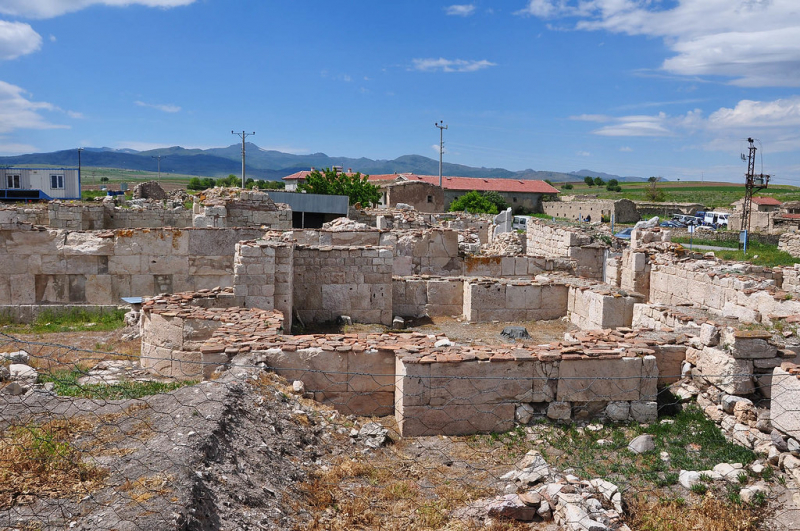
Ruins of Roman City Amorium - www.hurriyetdailynews.com 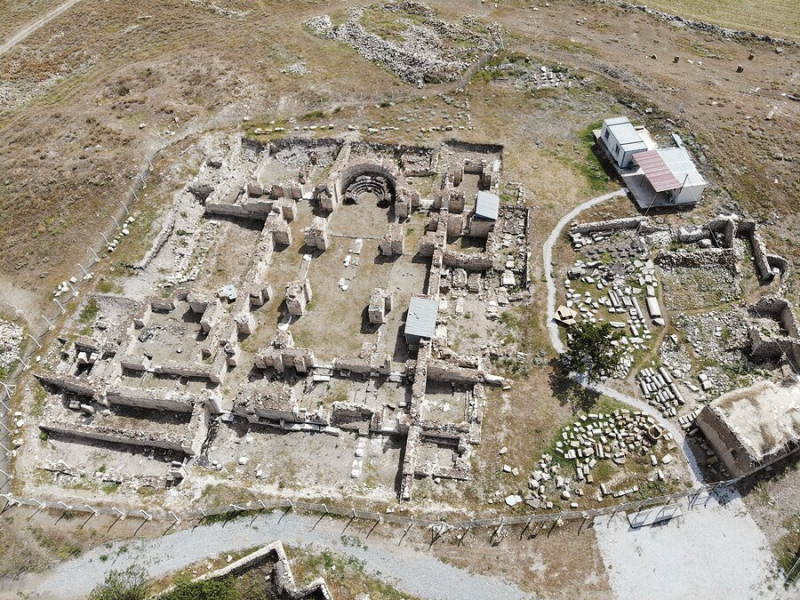
Ruins of Roman City Amorium - www.hurriyetdailynews.com -
Milan was established by Celts from Insubria in approximately 600 BC. With a total area of 181.8 km2, it was once known as the city of Mediolanum, which was Latin for "in the center of the plain." Milan, an old city, once served as the Western Empire's capital. This was mostly because of its position and the sitting king. The emperor had considerable authority over the military since it was on the periphery of the empire, which also ensured security from potential Gallic attacks. St. Ambrose, who had enormous authority throughout the empire, also served as the city's ruler. One of the few, if not the only, emperors who were publicly permitted to oppose his authority and judgments was St. Ambrose. Today, parts of the emperor's palace and Roman fortifications may still be seen in Mediolanum, often known as Milan.
The Celtic tribes from Gaul constructed this city as an Insurbian metropolis circa 600 BC. It was taken over by the Romans in 222 BC. It later rose to prominence as one of the key cities of the Northern Italian-based Roman Republic. Its location on the periphery of the Empire gave the emperor greater control over the military, the ability to concentrate his power along the frontier with the so-called Gallic Empire, and the fact that it was home to St. Ambrose, who had significant influence over the empire. Even having the right to defy the emperor's authority, St. Ambrose did so. Additionally, it was well-known for its many noteworthy architectural structures, notably the renowned Milan Cathedral, a Catholic Church. Currently, this metropolis is Italy's second-largest city after Rome. 1.4 million people are living there.
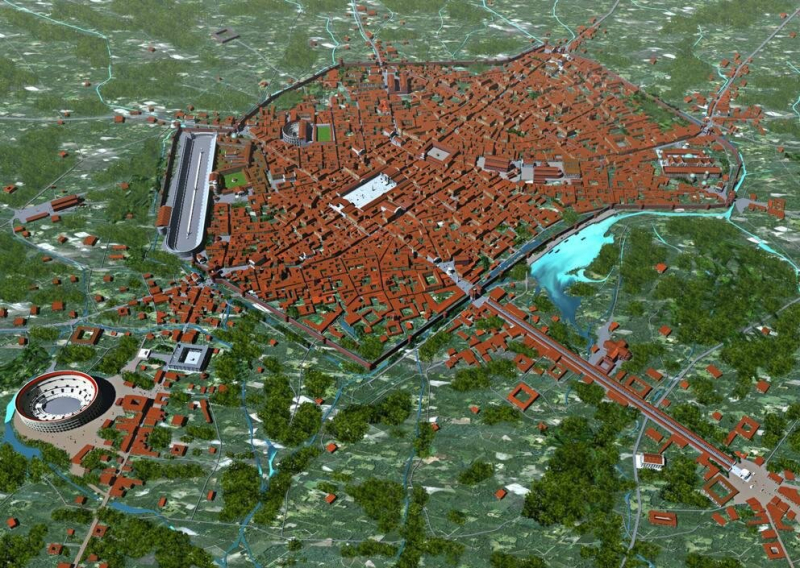
www.reddit.com 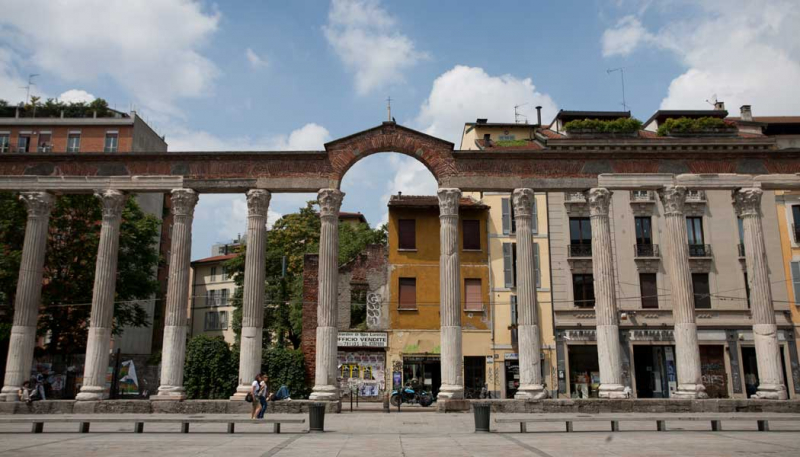
www.wikiwand.com -
Thessalonika has established around 315 BC and named after King Cassander of Macedonia's wife, Thessalonika, who was the sister of Alexander the Great. In the final years of the Roman Empire, this city gained importance and became a hub for commerce. Starting, it had a sizable population of between 150000 and 20,000, making it the second-largest city in Greece. Around the time of the collapse of Rome, its fame was uprooted so that the Northern Slavic Clans, Saints Methodius, and Cyril may receive religious instruction.
Additionally, Thessalonika served as Greece's second-largest hub for economic, political, industrial, transportation, and commercial activities. Because of its location along this trade route, it provided a link between Europe and Asia. This route connected Constantinople with Dyrrhachium. One of the four Roman districts of Macedonia made it their capital, and a sizable harbor was constructed there to aid with trade. The Greek port city of Thessalonika, now called Thessaloniki, is located on the Thermaic Gulf of the Aegean Sea.
It was renowned as Greece's cultural hub for its festivals and other exciting events. Thessaloniki, a UNESCO World Heritage Site, was classified as the second-wealthiest city in the Byzantine Empire and included a variety of architectural styles, including Paleochristian and Byzantine structures. The city still contains several old ruins, notably the remains of Galerius' palace, the fourth Roman Emperor, who briefly resided there. The city is still well-known as a tourist attraction since National Geographic Magazine named it one of the top travel destinations in the world in 2013.
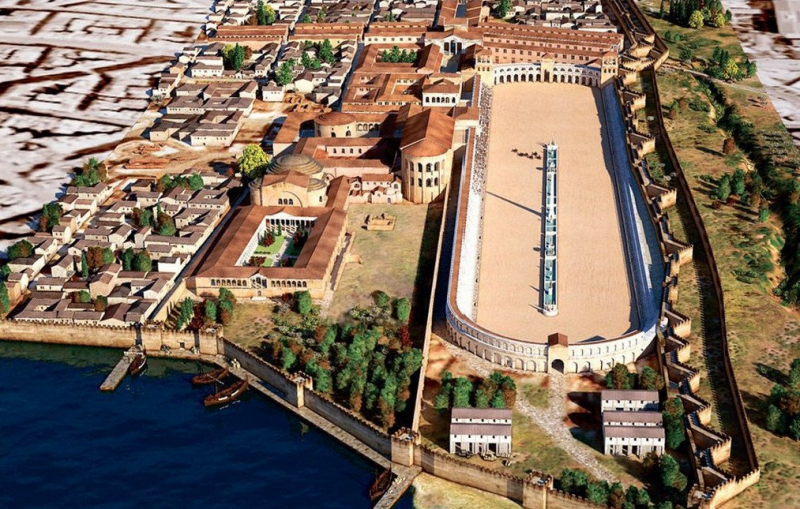
Thessaloniki during the Roman Empire - twitter.com 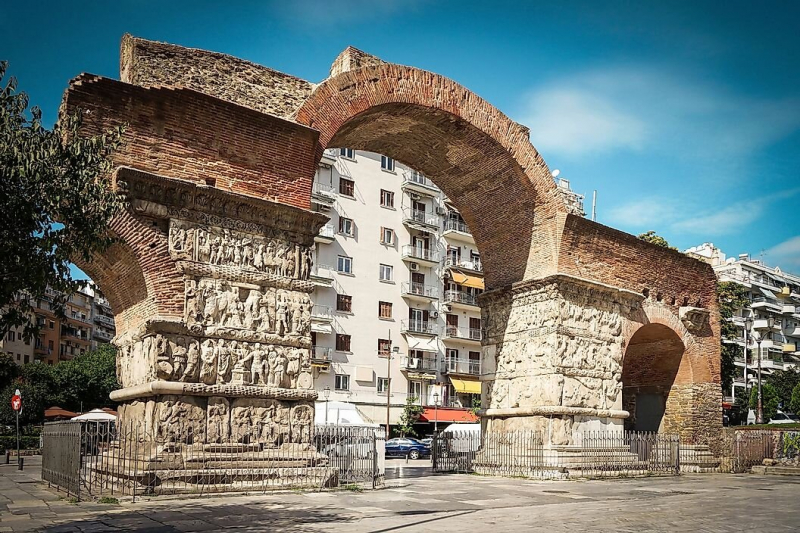
twitter.com -
Mystras, often spelled Myzithras, was a fortified Greek town in the Peloponnese region of Laconia. In 1249 BC, William II of Villehadouin, the Prince of Achaia, established it on 131.9 km2. It was located close to ancient Sparta on Mount Taygetos and served as the administrative center of the Byzantine Despotate of the Morea in the 14th–15th century BC.
Mystras is a little bit of an outlier. Mystras was made the second city during the latter years of the Eastern Empire when all that remained was the region around Constantinople and Morea (the Peloponnese). When Constantinople started to collapse, it went through a tremendous cultural and social boom. Soon after, it started to attract philosophers, academics, and engineers. Plethon, a notable philosopher who lived and worked at Mystras, would eventually flee to Italy and contribute to the beginning of the Renaissance.
This city was renowned for its architecture, just like the majority of other Roman towns. This city had higher cultural values than other cities due to the legacy of many academics, engineers, and philosophers, notably philosopher Gemistus Pletho. The Byzantine Castle of Mystras, one of the most well-known fortresses, is also the cause of its fame. It is situated in the southern Peloponnese, close to Sparti Town. This castle includes a large palace on top of the hill and is encircled by Byzantine walls.
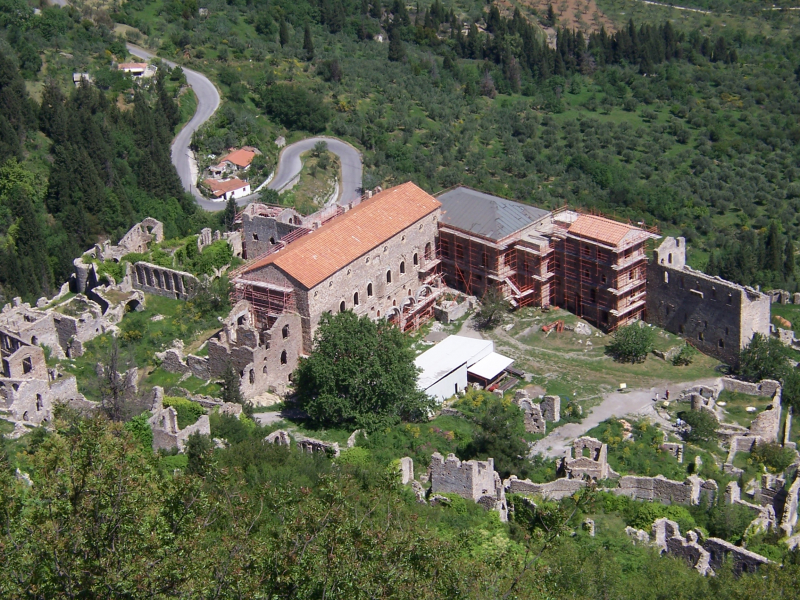
en.wikipedia.org 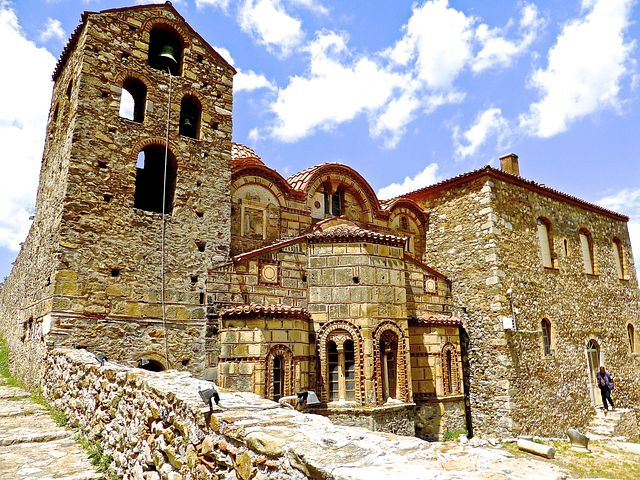
en.wikipedia.org -
The 652.89 km2 city of Ravenna was established in 500 B.C. Around the second century BC, the Roman Empire gained control of it after it had been retaken by the Byzantine Empire in 540 BC. Three important Kingdoms and Empires, including the Province of Ravenna, the Western Roman Empire (402–476 BC), and the Ostrogothic Kingdom, had their capitals in this city ( until 540 BC). Despite being an interior city, it was one of the most significant ones in Ancient Rome because of its convenient access to the Candiano Canal and the Adriatic Sea.
Due to in its early day, Ravenna being only a backwater, a cluster of shacks built around several tidal lakes surrounded by a thick swamp, this city was initially disregarded by all Empires and Kingdoms. However, since Augustus established a military port in Ravenna, it was helpful to the military force. Due to their muddy and hostile location, they would fast become sheltered from the militants. This city was mostly used by several successive emperors for military objectives. Julius Caesar used it to assemble his army and cross the Rubicon in 49 BC. Then, in 31 B.C., Octavian utilized it to create a harbor of classical figures to fight Mark Antony. Additionally, it was highly renowned for having Early Christian Monuments of Ravenna that were included as UNESCO World Heritage Sites as well as well preserved Roman and Byzantine architecture. It also included homes constructed on the little islands in the swampy lagoon.
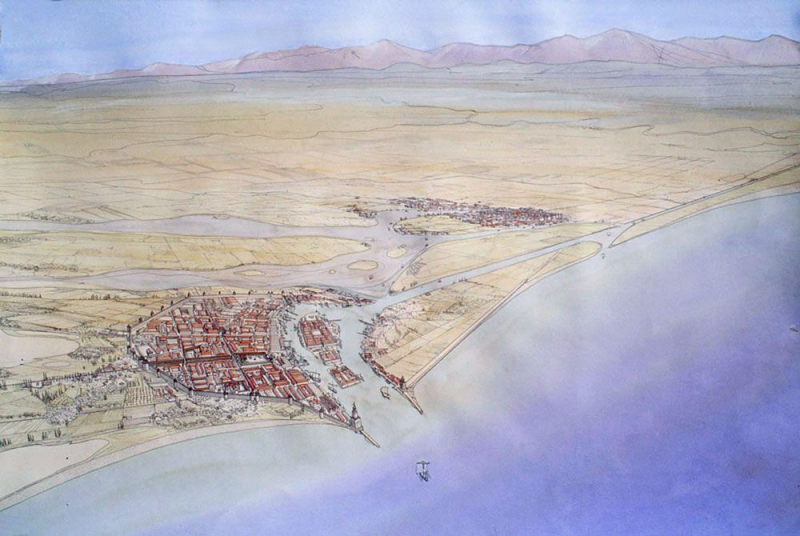
Ravenna during the Roman Empire - www.seabourn.com 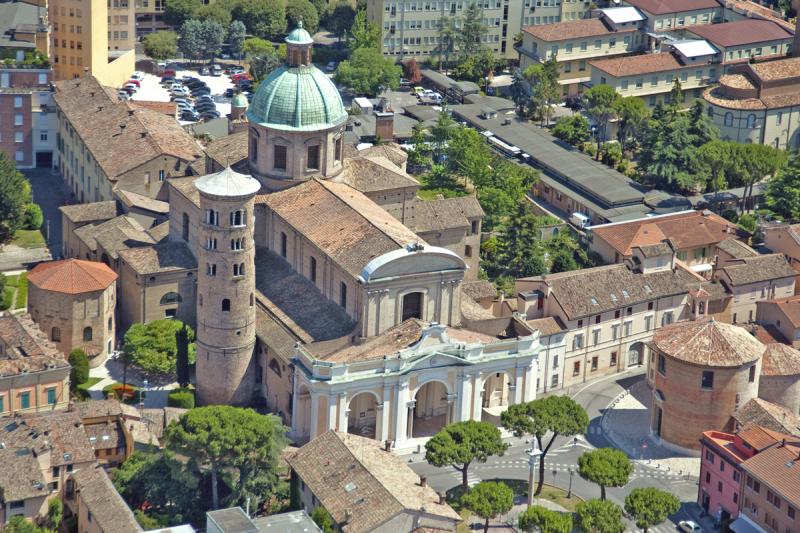
www.britannica.com -
One of the most important cities of Ancient Rome was Ephesus. A story states that the legendary Amazons established Ephesus, which was given the name Ephesia in honor of one of their queens. However, the Cimmerian raid on a Greek town in the seventh century BCE is the first time the city's existence is mentioned in writing. The city swiftly recovered, and Ephesus rose to prominence as one of the richest towns in the Mediterranean region under the reign of the Lydian rulers. The enormous Temple of Artemis, one of the Seven Wonders of the Ancient World, was built during the reign of King Croesus. The city kept growing and developing, turning into a hub for trade and business. Due to the silting of the previous harbor and the creation of unhealthy wetlands during the Hellenistic period, the city had to be relocated two kilometers inland to its current position.
Ephesus was given to the Romans by the Pergamon king Attalos in 129 BCE. Except for a short uprising in 88 BCE, the city would continue to be governed by Rome in the centuries that followed. Ephesus retained its riches and power as a regional capital while being a part of the Roman Empire. A hub of scholarship and philosophy, Ephesus became known for its magnificent Library of Celsus, the remains of which may still be seen today. The huge theater was the biggest in the Roman world and could hold 25,000 people. In 57 CE, the historic demonstration against Paul's teachings took place in the theater. Ephesus, which housed the greatest Christian community in the empire, quickly rose to prominence as the principal early Christian center despite initial opposition.
The Goths destroyed Ephesus in 262 CE, along with the Temple of Artemis. Ephesus never regained its previous magnificence despite imperial attempts to reconstruct the Roman city. Its population slowly decreased as the city population decreased. The Basilica of St. John was constructed in the sixth century by the emperor Justinian. Early in the Middle Ages, Ephesus port was abandoned. Ephesus was only a little town when it was conquered by the Seljuqs in 1090. Even this was abandoned after a brief period of magnificence in the 14th century, and the exact location of the once-famous city was hidden until 1869.
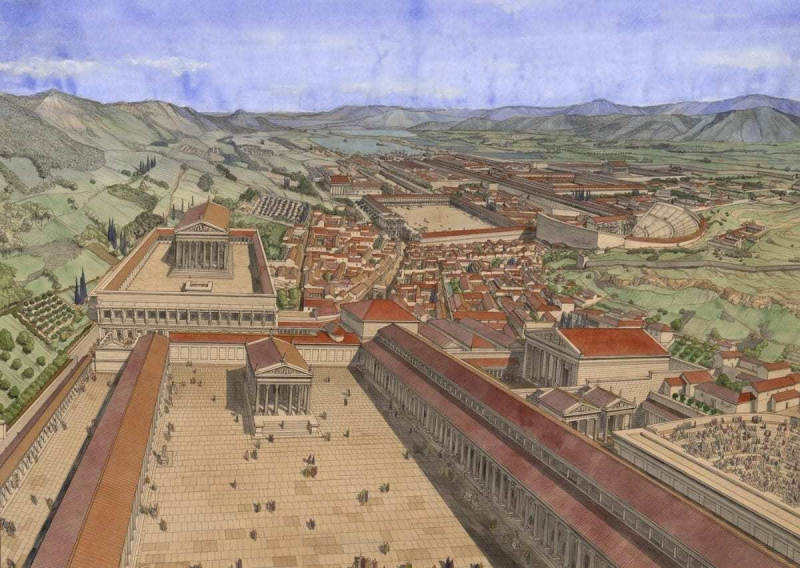
Ephesus during the Roman Empire - www.history.com 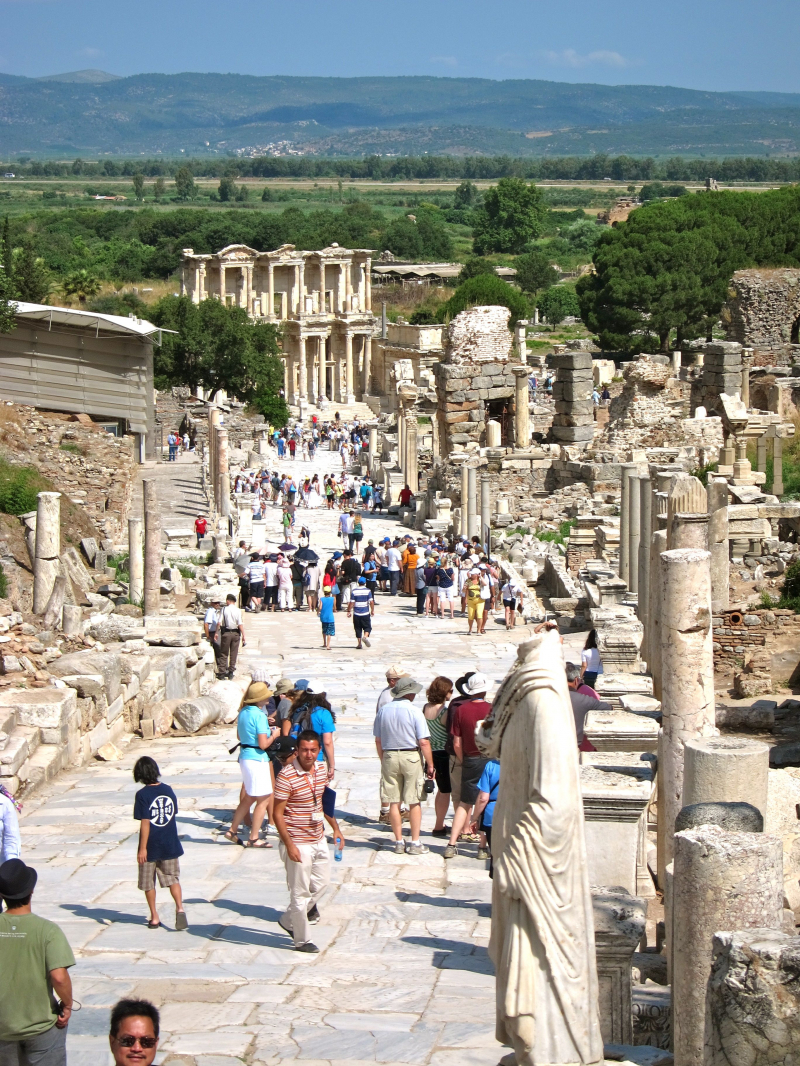
www.history.com -
The battles among Alexander's generals soon after his death tore his huge kingdom apart. Seleucus I Nicator, Diadochi's most successful member (Victor). Seleucus was the one who established Antioch in 301 BCE. The capital of the newly established Seleucid Empire, which was situated at the Orontes River in a lush valley close to the Mediterranean Sea, quickly rose as one of the most important cities of Ancient Rome. Due to its advantageous location at the western end of the Silk Road, which attracted traders, artists, and craftspeople, Antioch became wealthy. The affluent and powerful loved to escape to the vacation town of Daphne, which was built midway between the city and its harbor during the Seleucid and later Roman periods. One of the main places of pilgrimage was the huge temple of Pythian Apollo, which was located in the Daphne gardens.
Following Antioch's annexation by Pompey the Great in 64 BCE, the former Seleucid capital maintained its status as the third-largest ancient Roman city and the administrative hub of the Roman East. Antioch was further enhanced throughout the imperial era with public structures including the baths, amphitheater, and the magnificent hippodrome, which could accommodate up to 80 000 people. Emperors of Rome frequently traveled to Antioch, favoring it above more remote Alexandria. Antioch's prominence was furthered by its proximity to the eastern border, which also put the city and its residents in peril. The Sassanid Persians repeatedly invaded and plundered Antioch throughout its history.
Natural calamities were also a threat to the city. There have been at least five significant earthquakes that have affected Antioch since the first one that was noted, in 187 BCE. By late antiquity, Antioch was one of the major centers of Christianity, with its splendid churches drawing travelers from all over the Empire. The damage was manageable. The city began to fall in the sixth century when a string of disasters, including a large fire, earthquakes, a Persian invasion, and a disease, drastically reduced its population. Midway through the seventh century, the Arabs took control of the city, which was thereafter fought during the early middle ages by the Byzantine Empire and the Arab Caliphates. The joint efforts of the Byzantine and Crusader forces allowed Antioch to once again come under Christian rule in 1098. The only time the Byzantine Empire came close to conquering it was during the short reign of the emperor Manuel Komnenos in the late 12th century. The location is now renowned for its magnificent Roman mosaic flooring.
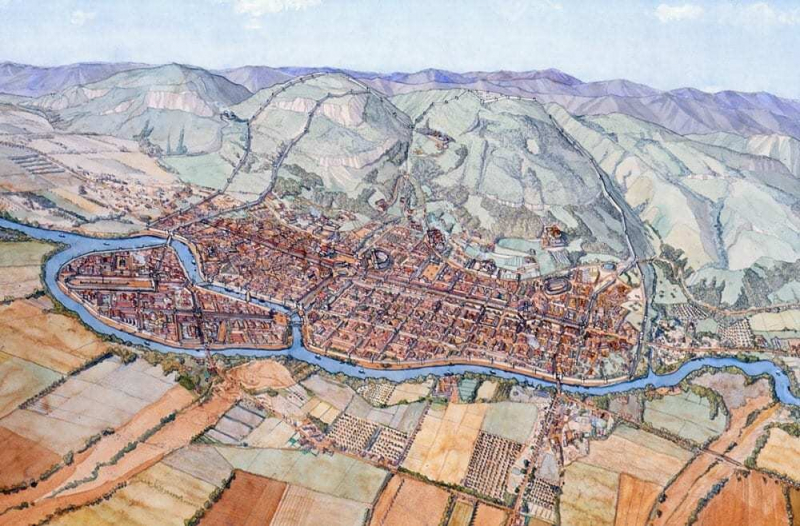
www.heritagedaily.com 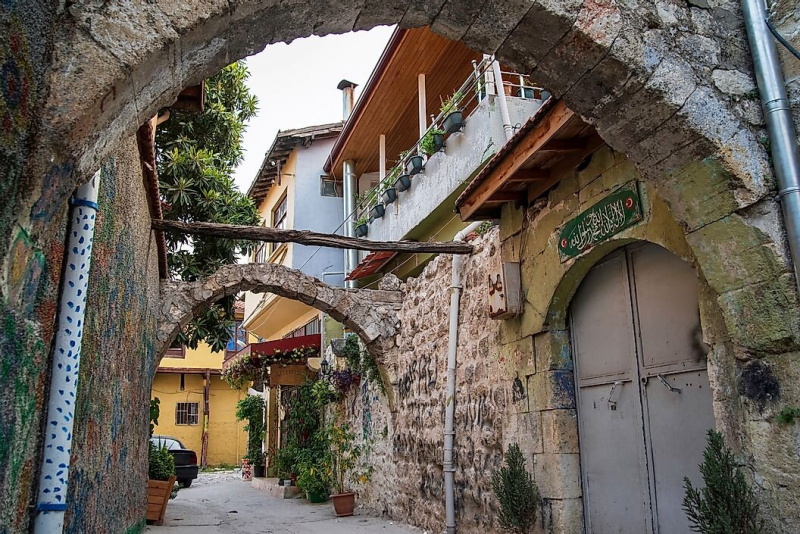
www.worldatlas.com -
Of all the most important cities of Ancient Rome on the list, Constantinople is significant. It is also the only Roman-founded city that has since outgrown Rome. To serve as the new capital of the Roman Empire, Constantinople was established in 330 CE in the location of the former Byzantion. Its founder, Constantine the Great, choose the peninsula on the Bosphorus coast, a crucial route between the Mediterranean and the Black Sea, as the ideal location for his new metropolis. Constantinople, which is where Europe and Asia converge, quickly developed into a bustling city.
Constantinople was a commercial hub of the Mediterranean thanks to its natural harbor, the Golden Horn, which controlled the important shipping routes and the overland trade. The city was renowned for its stunning architecture as well. Constantine wanted his city to exceed Rome, not just compete with it. The emperor started a construction binge. His efforts led to the construction of the Great Palace, which had gardens and courtyards, a Hippodrome that could hold 50,000 spectators, and The Mese, a broad main thoroughfare with colonnades that united the great fora. Water was stored in large subterranean cisterns by the aqueducts, which supplied the expanding population of the old Roman metropolis. Constantine moved monuments and statues from all around the empire into his bustling city in addition to erecting numerous new ones. His successors carried on the tradition of enhancing the city with brand-new architectural marvels, the most significant of which was the enormous church of Hagia Sophia, constructed in the sixth century under the reign of the emperor Justinian.
Constantinople was well-known for its richness, splendor, and exotic trading marketplaces for more than a thousand years. It served as the epicenter of the mighty Byzantine Empire, which gave all of the empire's people cause for pride. Visitors were so mesmerized by its churches that a Russian embassy decided to convert its citizens to Orthodoxy after witnessing the magnificence of Hagia Sophia. But because of its enormous riches, the "Queen of the Cities" became one of the most sought-after cities on earth. The city's formidable land walls, a massive bulwark broken only once in its history, repelled several attempts to conquer it. In addition, the Ottoman troops' conquest of Constantinople in 1453 signaled the end of the medieval Roman Empire and the destruction of the final ancient Roman city. Under its new rulers, Constantinople maintained its role as the capital and changed its name to Konstantinye, then to Istanbul.
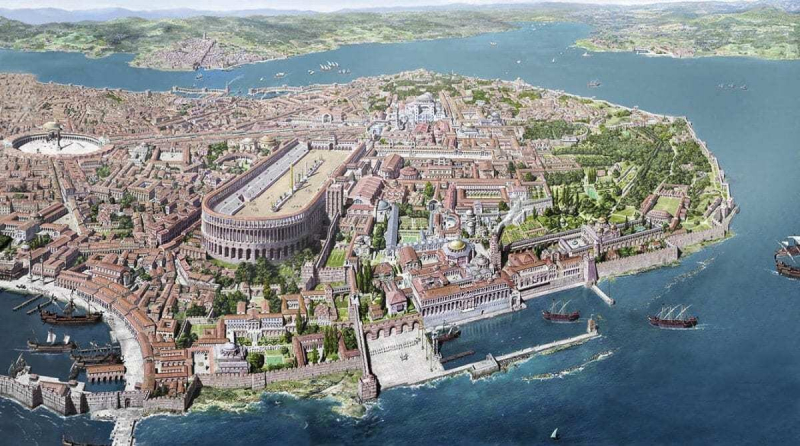
www.heritagedaily.com 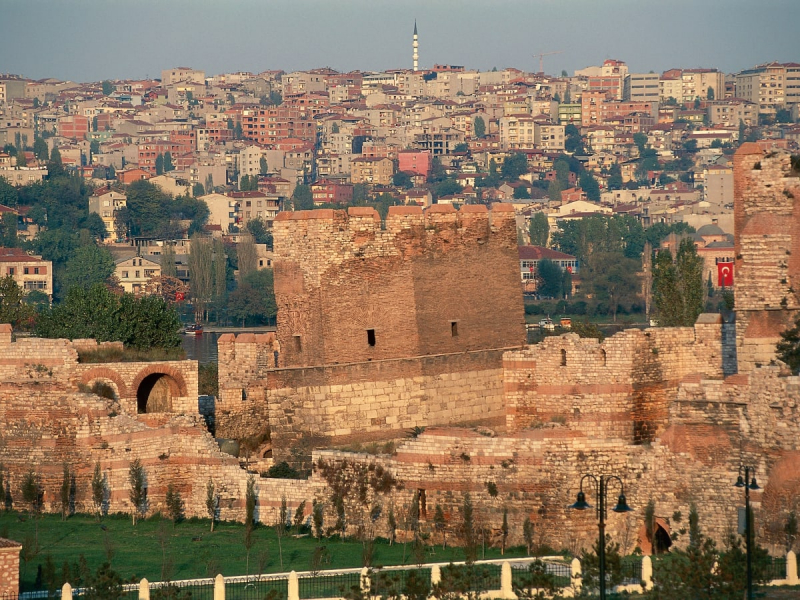
www.worldatlas.com -
Rome is one of the most important cities of Ancient Rome because of its historical significance and its monuments. Rome was most likely founded in the eighth century. Mount Palatin has revealed evidence of earlier civilizations. The people who had lived in the mountain then moved into the plain and created Rome. They were more powerful by banding together in this fashion since they were shielded by both the walls and the surrounding hills. At the time of its creation, Rome was founded as a small settlement of villagers, but under the rule of Augustus, it became the most populous metropolis in the world with an estimated population of between 800,000 and 1,000,000. According to some estimates, this number is eventually well beyond one million or two million. The population thereafter declined to 30,000 a few centuries after the fall of the Roman Empire and to 450,000 by the fifth century. Rome is one of the only cities that has ever been inhabited in the last almost 3000 years, despite all the fluctuations in its population.
Rome first developed and expanded quickly when the numerous tribes were unified. However, Gallic Senones stormed Rome in the fourth century BC and devastated the city. Then, in the third century BC, the Romans exacted retribution by conquering Etruria, the northern Gallic lands, and Greek towns. Rome, therefore, controlled more than half of the peninsula, and after more conquests, it rose to become the most dominant metropolis in the whole Mediterranean region. Later, while Julius Caesar was in charge, he oversaw major construction projects in the city, which enabled it to grow. Later, his successor Augustus will carry on the tradition by building fresh monuments like the Basilica Julia and the Temple of Caesar. Rome grew significantly as a result of well-known this.
Numerous adverse occurrences, like the fires that partially devastated the city, followed. For example, in 64 AD, under Nero's rule, or in 80 AD, under Titus the Emperor, to mention a few. As a result, the city needed to pay for costly repairs. When Aurelien built significant barriers to defend Rome from barbarian incursions in the third century, the many construction projects in Rome finally came to a stop. When Constantine made Constantinople the city's second capital, Rome subsequently lost her splendor, and its decadent glory rushed into oblivion. Rome became a city of the Byzantine Empire after the Roman Empire fell. As a result, Rome has always been significant and continues to be so now.
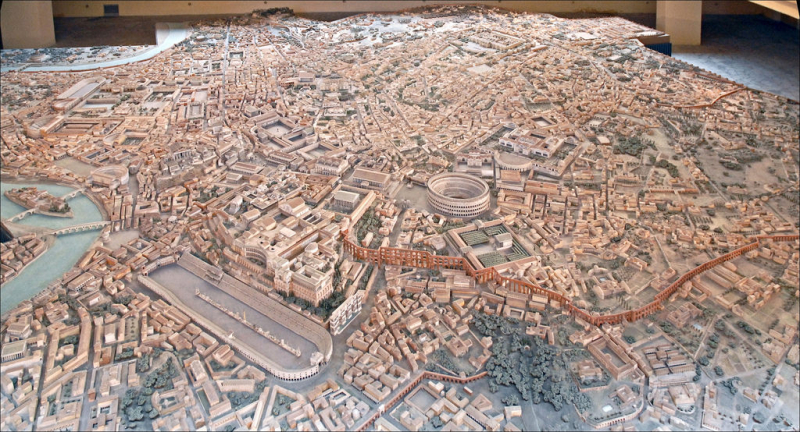
www.heritagedaily.com 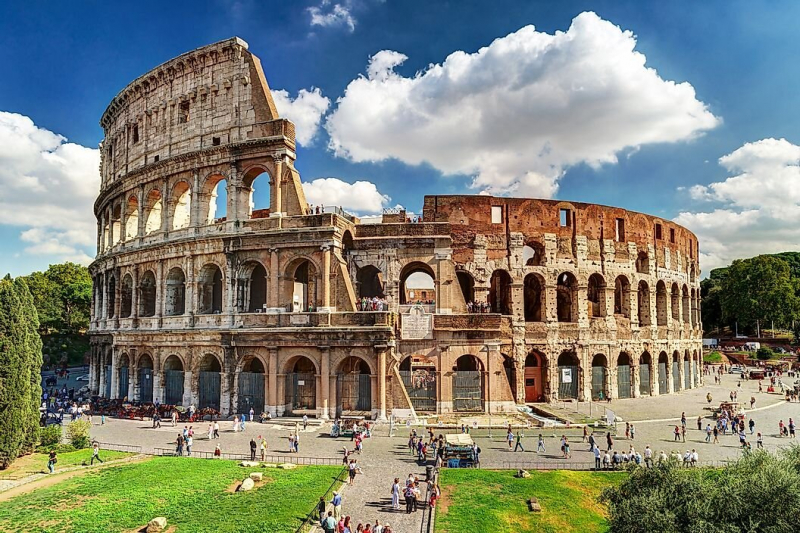
www.worldatlas.com -
London is a crucial city that should not be overlooked in the list of the most important cities of Ancient Rome. Although it is the capital of the UK, London has a rich history comparable to that of the Roman Empire. Thanks to its historical significance and monuments, it now draws a lot of tourists. Following Claudius' invasion in 43, the Romans established and gave it its name Londinium at the time. Additionally, for a city of its size, this one had a rather tiny area of only 1.4 km. It should be mentioned that London Bridge served as the hub of the Roman network of roadways, which is an essential crossing point for the Thames. The city's development was aided by the draw of numerous traders. As a result, London developed into a hub for trade and business, with the Thames playing a crucial role in facilitating the movement of commodities into the city's core.
However, things did not go as planned because a few years after the city was built, Queen Boadicée, the leader of the Celtic people, turned her attention to London. Sadly, the Romans did not have enough time to prepare a powerful force to repel the assaults. The city was partially evacuated and many merchants perished there. London will be completely devastated and plundered.
But the Romans did not wallow in their mistakes, and London was rebuilt and prospered. Additionally, the city will enclose itself in walls that are more widely referred to as the London Wall, and Londinium's population would peak between 45,000 and 60,000 individuals. The troops guarding the city were summoned back to the mainland when the Roman Empire started to fall apart, which caused the population of that city to drop. The Dark Ages of London are the name given to this era. Following the Romans' departure from Britain in 410, London was practically deserted and in ruins. Londinium had its ups and downs during the Roman era, but it was always there. In terms of tourism and the economy, the capital of the United Kingdom has established itself today on a worldwide scale.
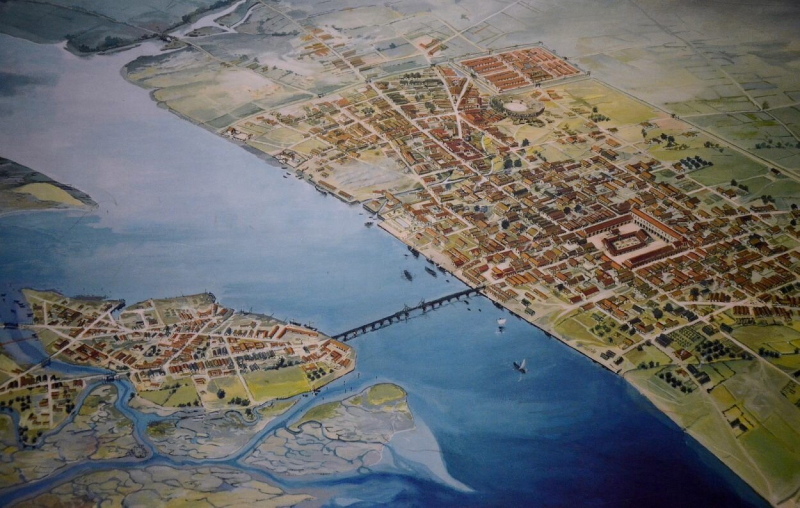
www.heritagedaily.com 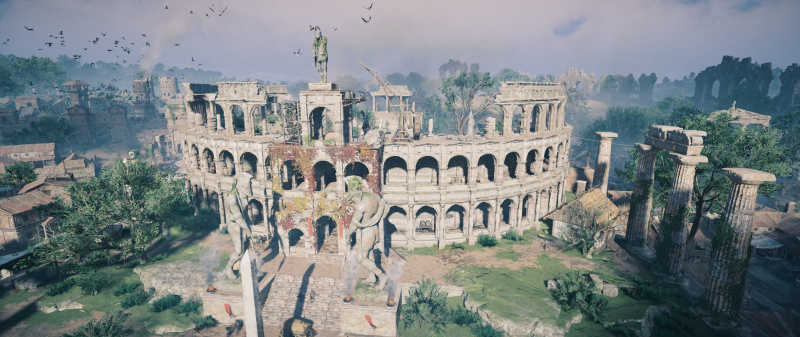
www.worldatlas.com -
In the second century BC, the Romans subdued southern Gaul. On the site of a Gallic oppidum, they founded the colony of Nimes around 120 BC. It was initially settled by Roman immigrants, and in the second century, it reached its apex. One of the most important Roman Gallo cities in the Empire was Nimes. His illustration demonstrates how cities were the ones who initiated Romanization. Because so many structures from this era can still be seen, it also demonstrates that the Roman Empire's traces persisted over time. It continues to be a significant city in terms of politics, economy, and tourism.
Nimes is a city in the French administrative region of Occitanie. More specifically, it is situated in the Gard department between the Cévennes Mountains and the Mediterranean Sea. Due to its extensive history of ancient Rome, this city draws a lot of tourists. It served as an important foremost throughout the Roman Empire. It was then known as Nemausus and had 20,000 residents.
It is well-known for having grand monuments that are still standing. One can mention the Pont du Gard, a three-level aqueduct, as well as the Magne Tower. The Arena of Nimes is a two-story amphitheater from the year 70 that is still in use for concerts and bullfights. La Maison Carrée is a Roman temple made of white limestone that is also the best preserved in the world. The foundation of this city stretches back to antiquity, namely to the second century BC, and all of these monuments are around 2000 years old. It also goes by the moniker "French Rome," which attests to its significance during the time.
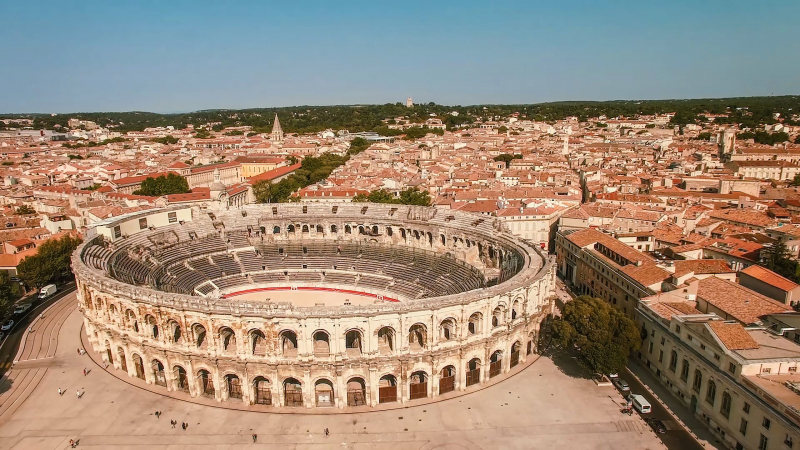
www.heritagedaily.com 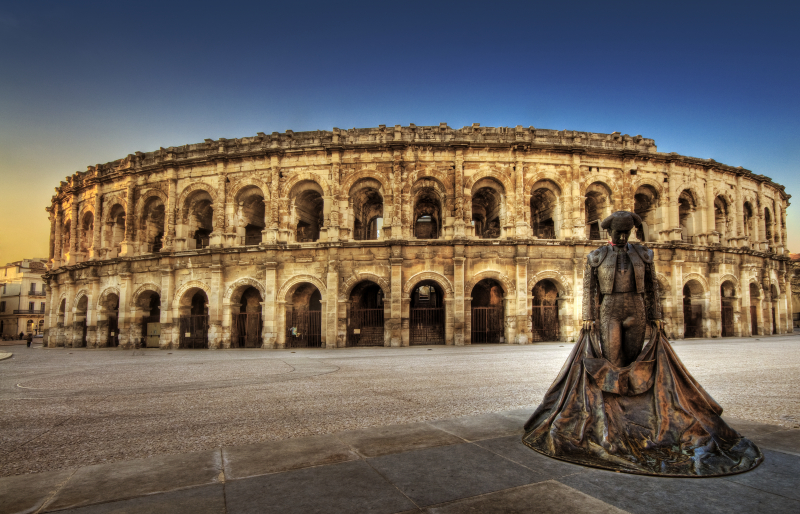
www.worldatlas.com
















